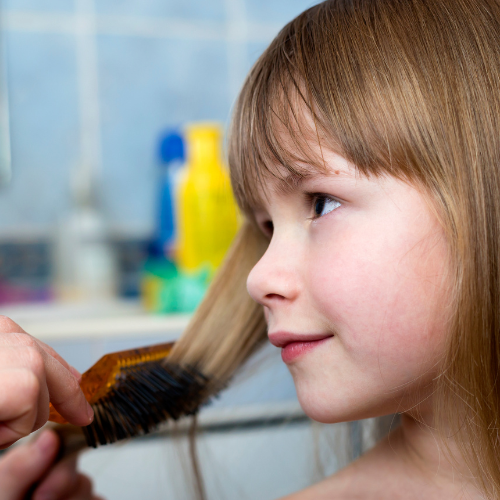The Social Stigma of Lice
The Social Stigma of Lice

It is a wonder that in 2017 when there is widespread awareness and compassion for many health-related issues that there is still a great deal of social stigma surrounding those who have head lice. Most people do not know the facts about head lice, where it comes from or why people get it. This leads to misunderstandings that perpetuate old myths. People are often fearful and even hostile to those who have lice, but the clear majority of those who get lice are children that are not aware of how they got it to begin with. This ingrains the stigma from a very young age.
Often, parents will tell their child to keep their lice problem a secret and to not tell any of their friends that they have lice. This makes it seem as if lice is something we should be ashamed of and that our friends will not accept us for having it. Since there is a social stigma there are children and adults who react negatively, but the only way we can fight the stigma is by being open, honest and accepting. By being the example and showing others that lice is not something to be ashamed of, we can affect others and make them less afraid of coming forward and show them that lice is not a big deal.
Being honest with others about a lice problem not only helps to fight against the social stigma, but also helps identify and prevent other cases of head lice. If we are not proactive in telling our friends that we had lice, they will not know to be checked for it and could have it for weeks before anyone notices. These friends may also go home and pass lice on to their family members, who can then pass it on to their friends and the cycle continues. This can also put the original child who had it at risk for getting lice a 2nd time since their closest friends have contagious cases of head lice. Letting others know about a lice problem is a courtesy that can go a long way and save other friends and families a lot of stress.
We also need to be more understanding and accepting when others have lice, even if we have never dealt with it ourselves. Blood type influences how prone someone is to getting head lice, which is something that cannot be controlled. Cleanliness or lack thereof is often cited as a reason someone might get head lice, but cleanliness does not do much to attract or deter lice. There are a few steps that can be taken to help prevent head lice such as wearing long hair in a braid and using repellent products, but it can still happen even when precautions are taken.
Most people will have an experience with head lice at some point in their lifetime, whether they deal with it as a child or later in life with their own children. The stigma has been diminished greatly over the years but it still exists and if we continue to accept it, it will continue to exist. As better lice treatments and more accurate information about lice become more accessible the stigma will continue to diminish, but we all need to do our part in ending the stigma. There is no reason for anyone to feel ashamed about something that cannot be controlled.



